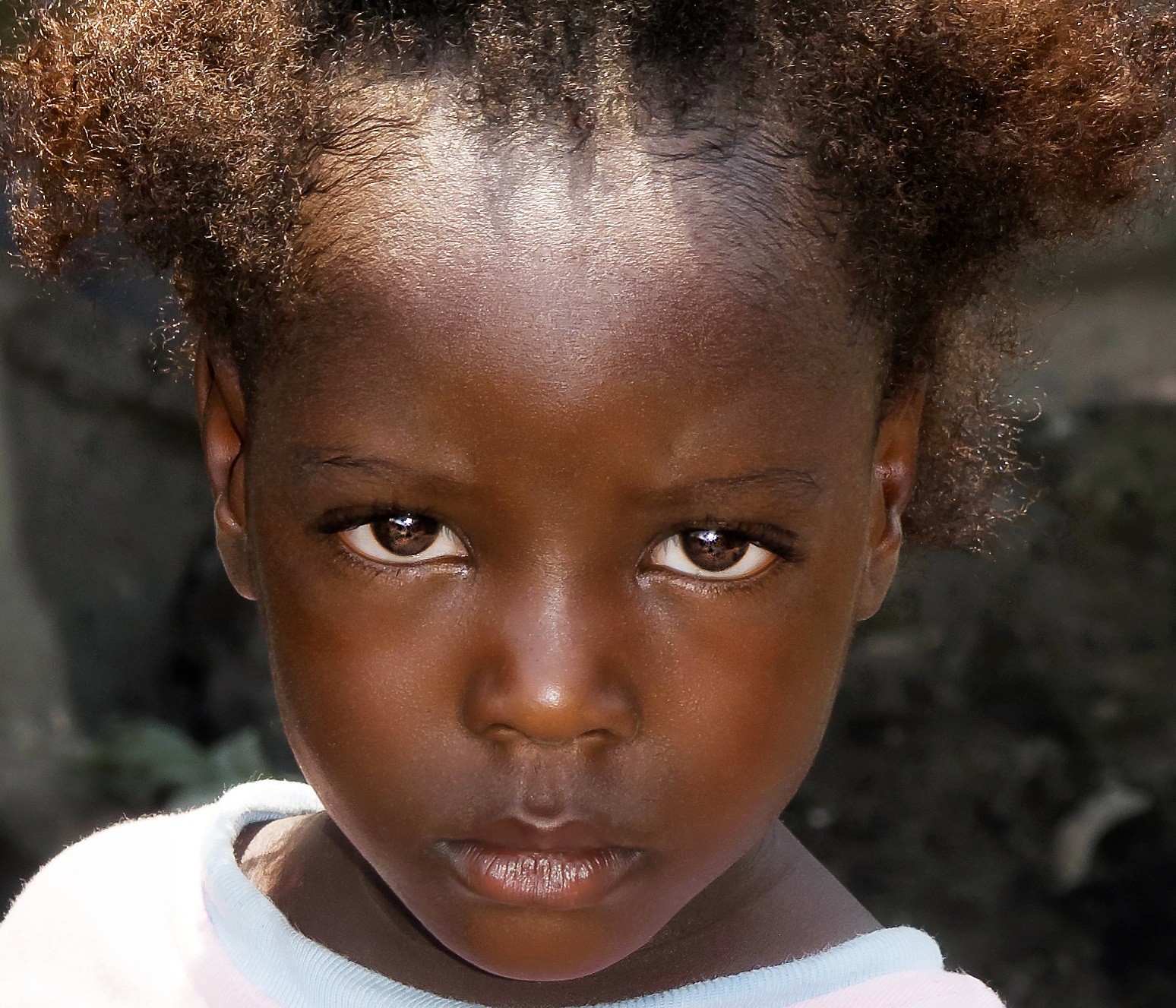
A strong correlation exists between infrastructure, development and health in any nation. Unfortunately, poor infrastructure has been the hallmark of most nations of Sub-Saharan Africa. This has been an ongoing problem since these nations obtained political independence from colonial powers mainly in the 1960s. The profound deficits in infrastructure have contributed significantly to poverty and lack of healthcare of these nations. In 2009, the Africa Development Forum series was created. Sponsored by the Agence Française de Développement and the World Bank, its purpose is to focus on issues of relevance to the development of Sub-Saharan Africa.
Following extensive fieldwork across Africa, the overview of its report, titled Africa’s Infrastructure: A Time for Transformation, stated 10 key findings.(1).
Finding 2 is titled “Africa’s Infrastructure Lags Well behind that of Other Developing Countries.”
Finding 3 is titled “Africa’s Difficult Economic Geography Presents a Challenge for Infrastructure Development.” It states in part: “Africa’s water resources are abundant, but because of an absence of water storage and distribution infrastructure, they are grossly underused. Therefore water security, reliable water supplies and acceptable risks from floods and other unpredictable events, including those from climate change, will require a significant expansion of water storage capacity from the current 200 cubic meters per capita (Grey and Sadoff 2006). In other parts of the world, such capacity is in the thousands of cubic meters.”(2).
Finding 5 is titled “Power is Africa’s Largest Infrastructure Challenge by Far.” Africa’s power infrastructure regarding generation capacity, electricity consumption and security of supply is only a fraction of that of other nations in the developing world.
Also, the report notes that the 48 Sub-Saharan African countries (with 800 million people) generate roughly the same power as Spain (with 45 million people). Power consumption in these countries (excluding South Africa), at 124 kilowatt-hours per capita annually and falling, is only 10 percent of that found elsewhere in the developing world – barely enough to power one 100-watt light bulb per person for three hours a day. (3).
Some experts, however, feel that the paucity of clean water is by far the largest infrastructure challenge for Africa.
The Extreme Water Poverty in Sub-Saharan Africa
The widespread lack of access to clean water for drinking and other purposes in Sub- Saharan Africa is a major contributor to poverty in the region. Without access to clean water, it is almost impossible to break out of the cycle of poverty. Water is important for hydration, hygiene and sanitation, to prepare food and to take care of patients in clinics and hospitals. Agriculture is very important for Africa’s development. Water is needed for farming, irrigation and consumption by cattle and other livestock. For about 25 years, the pendulum of the water debate in Sub-Saharan Africa has shifted in favor of supply via boreholes. Many people in Sub-Saharan Africa now rely on boreholes for access to water.
Researchers from the British Geological Survey and University College London have mapped in detail the amount of potential yield of this groundwater across Africa. They advise that appropriately sited and developed boreholes for low-yielding rural water supply and hand pumps are likely to be successful. (4). But they also state that, ideally, boreholes should not be used as a primary source of water because replenishment of the site with water depends on the geology of the aquifer and on rainfall. Boreholes should only be used as a back-up or buffer against drought.
All over Sub-Saharan Africa, major questions have been raised regarding sustainability of these boreholes, especially since they fall into disuse due to poor maintenance from lack of spare parts or non-availability of trained technicians. Boreholes are not the long-term solution to Sub-Saharan Africa’s huge water supply problems. Leaders of these nations must put in place policies that will allow public and private sectors to commence, in earnest, construction of water reservoirs and dams in their nations. Water plays a critical role in the spread of insect-borne diseases. Mosquitoes and many other insects breed around water. Worldwide, more than one million people die each year due to mosquito-borne diseases. Most of the victims are children in Sub-Saharan Africa. (5).
Energy and Poverty in Sub-Saharan Africa
The severe paucity of power generation and power distribution in Sub-Saharan Africa is a major impediment not only to economic development but also to the population health and wellbeing. The World Bank, Overseas Development Institute (ODI) and Clinton Foundation/Clinton Global Initiative have created several reports about energy poverty in Africa, especially in Sub-Saharan Africa. About 600 million people in this area have no access to electricity – the worst energy poverty in the world. The region has 13 percent of the world’s population but contains 48 percent of the global population that lacks access to electricity. (6).
As noted above, the 48 countries of Sub-Saharan Africa (with a combined population of 800 million) generate roughly the same amount of power as Spain, which has a population of 45 million. Power consumption in Africa is only one-tenth of the consumption in other parts of the developing world. (7). Widespread use of generators results in environmental degradation because of diesel fumes produced by generators, resulting in muggy air that is a health hazard. Fortunately, the region has enormous power-generating potential from gas, hydro, wind, solar and even geothermal sources. Hopefully a new generation of leaders will emerge and make development of grid-based energy for their nations a top priority.
Some experts have argued that grid-based energy would be very expensive, especially because of cost of distribution to rural areas. But should global society be satisfied with Sub-Saharan Africans, especially populations in rural areas, lighting the night darkness with kerosene lamps, candles and flashlights in 2040 or 2050, as most of them are doing now? No matter the upfront expense for grid-based power supply, certainly it is worth the price in the long-term.
Healthcare Infrastructure Poverty in Sub-Saharan Africa
In the aftermath of the Ebola epidemic of 2014 and 2015 that ravaged Guinea, Sierra Leone and Liberia in West Africa, the world became more aware of the poor healthcare systems of these nations. Unfortunately, with the exception of South Africa and Botswana, these three countries are mirror images of the healthcare systems in most of the countries of Sub-Saharan Africa. The deficits in healthcare systems in these nations are profound. Most inhabitants are constantly exposed to a slew of preventable diseases, which result in significant morbidity and even mortality. Several of these diseases have been eradicated in the developed nations of the world.
Unable to mount any defense against the deadly Ebola epidemic, the three heavily afflicted West African nations needed massive assistance. Help came from the United States Public Health Service, United States military and civilian sectors, and supplies of mobile laboratories and personnel from Europe arrived. Equipment for laboratory testing and diagnostics, and personnel for epidemiology and running a holding and treatment center were also sent from China. To their credit, African nations made some contributions in cash and personnel toward the fight against the epidemic. According to the United Nations, Nigeria donated more than $3.5 million toward the Ebola response in Guinea, Sierra Leone and Liberia. Namibia, Kenya and Cote d’Ivoire each donated $1 million to the three nations to combat the epidemic. In addition to donating about $300,000, South Africa donated medical equipment, helped build an Ebola treatment center and assisted with training healthcare workers.
In November 2014, more than 60 African businesses pledged $28.5 million to fight Ebola. Nigeria, Ethiopia, Kenya and Democratic Republic of Congo also sent healthcare personnel to the three seriously afflicted nations. These contributions are commendable but quite small compared with contributions from outside Africa. Hopefully, the lesson has been learned by leaders of the three nations heavily affected by the epidemic, and leaders of other nations in Sub-Saharan Africa, that they must embark on the urgent mission of improving their healthcare infrastructure.
Long-term sustainable improvement of infrastructure in these nations is totally dependent on altruistic, visionary and honest leadership that caters to the wellbeing of the many rather than the opulence of the few. Without this all-important first step, not much will change in these nations.
Foreign Aid
In the past 50-60 years, more than $1 trillion in foreign aid has gone to Africa. Despite this largesse and the multitude of foreign experts in many disciplines made available to these nations, Sub-Saharan Africa remains the world’s poorest region. The open-ended, “giving” approach of many donors, including developed nations, should be restructured. Sure, donors are very passionate about alleviating the suffering of these populations. However, they should demand more accountability, transparency and honest governance from leaders of these nations.
Consequences of Inaction
If the downward spiral in these nations continues, they will remain woefully unprepared for the next epidemic, which could be much more devastating than the 2014-2015 Ebola epidemic in West Africa. This never-before-known virus or pathogen would afflict not tens of thousands of people but possible millions or hundreds of millions.
The global population lives in a continually “contracting” world due to the increase and speed of air travel. It would probably take less than 24 hours for a deadly pathogen to move from one end of the globe to the other. So, this scenario is not as farfetched as people may think. If the issue of the disastrous healthcare systems in the nations of Sub-Saharan Africa is not addressed vigorously and with a sense of urgency, this scenario will occur. It is not a question of if it will occur; it is when and where. The nations of Sub-Saharan Africa must be ready. Right now, they are not ready.
Poverty and instability in the nations of Sub-Saharan Africa also pose significant threats to global security. This is a major problem that should produce heartburn in the leaders of the developed nations of the world. By 2050, Africa will be home to 37 percent of all children under age 18 and 35 percent of all adolescents in the world. A poorly educated, disenfranchised young population is a perfect recruiting ground for predators and terrorists. Hopefully, the nations of Sub-Saharan Africa and the world will not have to face any of these scenarios.
References:
- Vivien Foster and Cecilia Briceno-Garmendia, Africa’s Infrastructure: A Time for Transformation (Washington, DC: The International Bank for Reconstruction and Development/The World Bank, 2010), http://siteresources.worldbank.org/INTAFRICA/Resources/ aicd_overview_english_no-embargo.pdf.
- Ibid.,3–4.
- Ibid.,5.
- Matt McGrath, “‘Huge’ Water Resource Exists under Africa,” BBC World Service, April 20, 2012, http://www.bbc.com/news/science-environment-17775211.
- Centers for Disease Control and Prevention (CDC), “The Impact of Malaria, a Leading Cause of Death Worldwide,” last updated April 13, 2016, http://www.cdc.gov/malaria/malar- ia_worldwide/impact.html.
- Antonio Castellano, Adam Kendall, Mikhail Nikomarov, and Tarryn Swemmer, McKinsey & Company, “Report on the Power Sector in Sub-Saharan Africa,” Powering Africa, February 2015, http://www.mckinsey.com/industries/electric-power-and-natural-gas/our-in-sights/powering-africa.
- The World Bank, “Infrastructure Deficits in Sub-Saharan Africa,” http://web.world bank.org/WBSITE/EXTERNAL/COUNTRIES/AFRICAEXT/0,,contentMDK:2195 1811~pagePK:146736~piPK:146830~theSitePK:258644,00.html.


